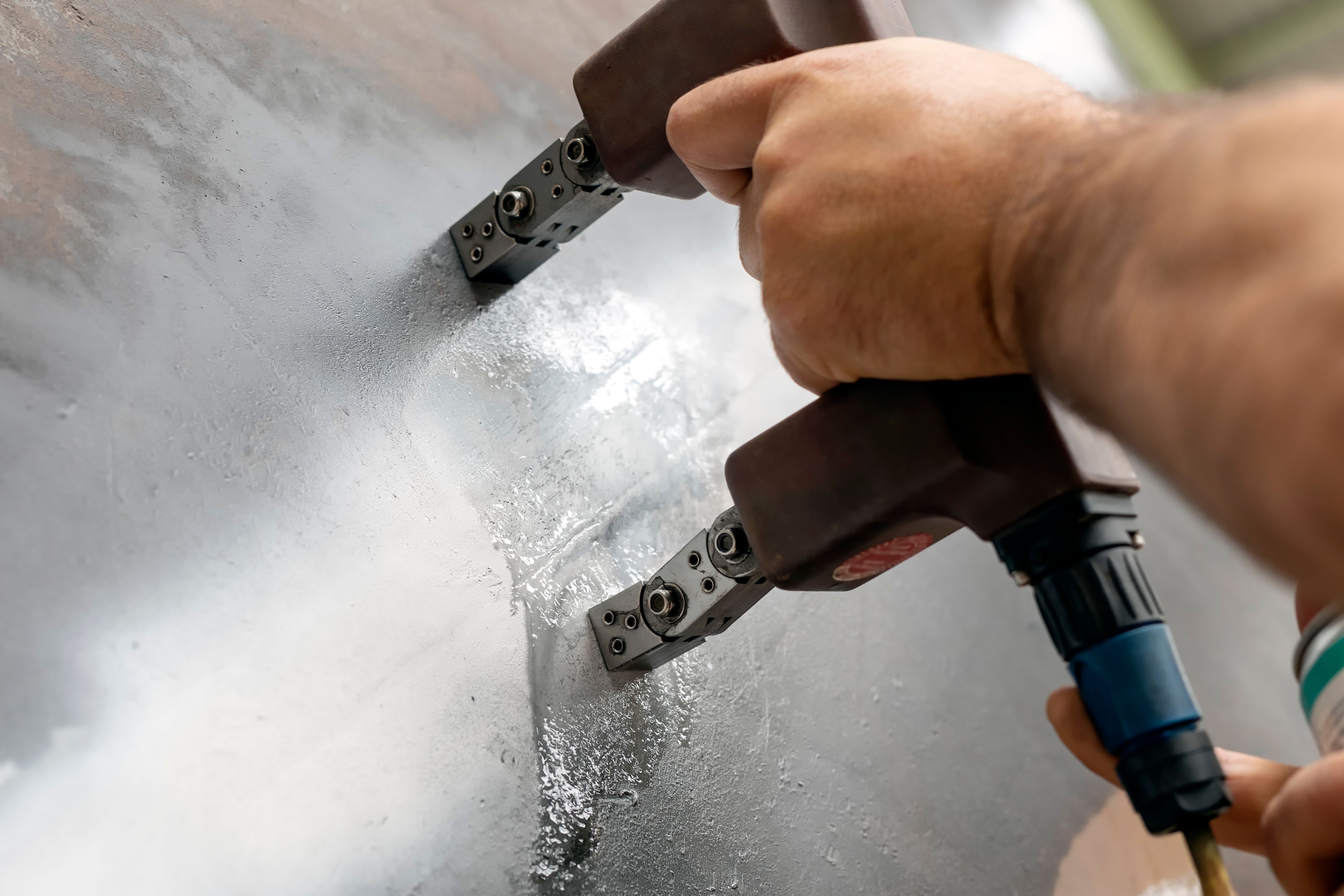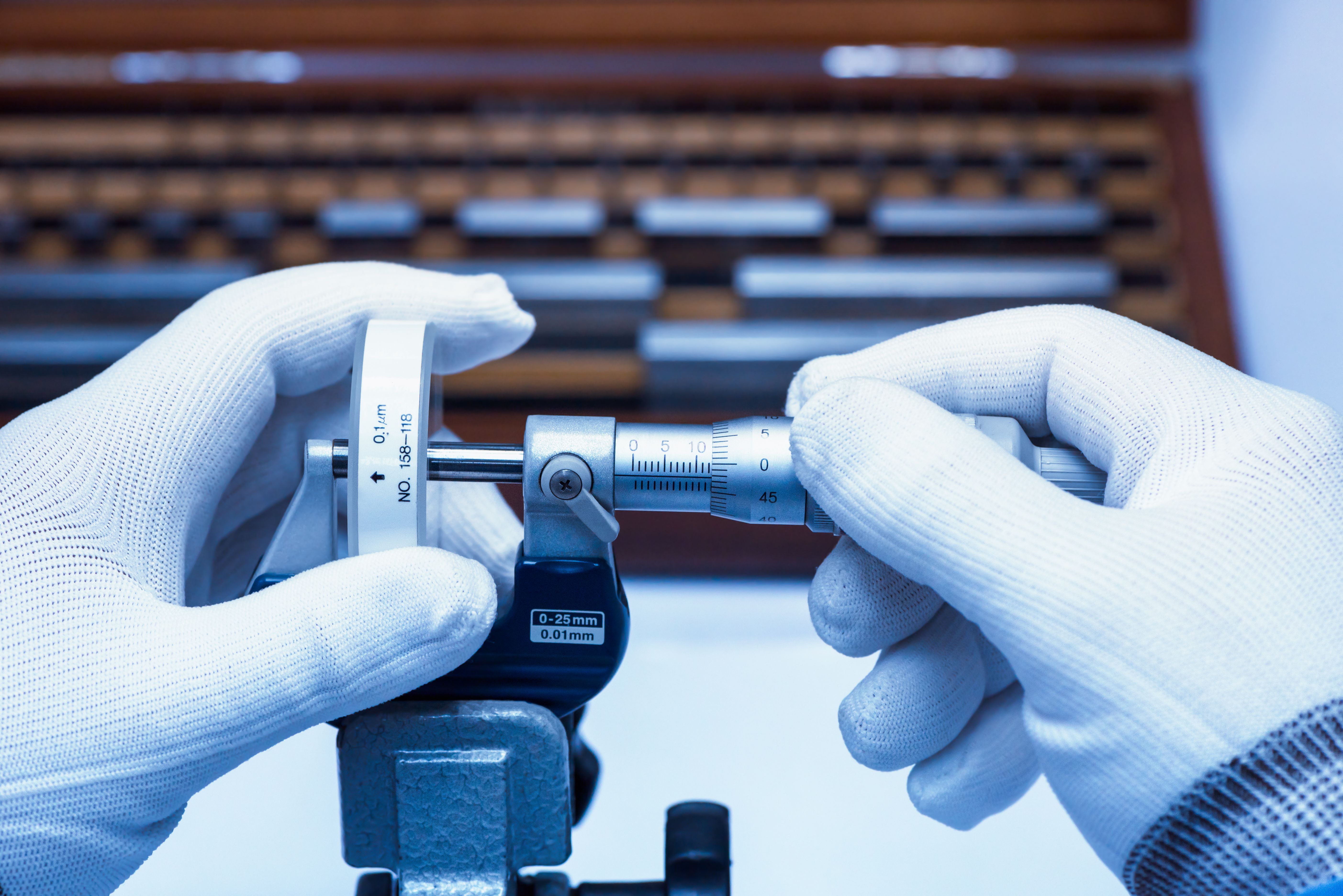Expert Tips for Maintaining Magnetic Drills
RR
Regular Inspection
Maintaining a magnetic drill requires regular inspection to ensure optimal performance. Begin by checking the drill for any signs of wear and tear. Look for cracks, rust, or any other damage that can affect its functionality. Regular inspections help in identifying potential issues early, reducing the risk of sudden breakdowns.
Pay special attention to the power cord and plug, ensuring they are in good condition without any signs of fraying or exposure. If any components appear damaged, it’s crucial to replace them immediately to prevent further issues.

Proper Cleaning
Cleaning your magnetic drill consistently is vital for its long lifespan. After each use, make sure to remove any metal shavings and debris. Use compressed air to blow out particles from hard-to-reach areas. Keeping the drill clean prevents the accumulation of debris that can cause malfunctions.
Wipe down the exterior with a soft, damp cloth to remove dust and dirt. Avoid using harsh chemicals that can damage the surface or the internal components. A clean drill not only performs better but also ensures safety during operation.

Lubrication and Cooling
Proper lubrication is essential to keep the moving parts of a magnetic drill functioning smoothly. Apply a suitable lubricant to the drill’s spindle and other moving parts as recommended by the manufacturer. This reduces friction and wear, enhancing the tool's efficiency.
Additionally, ensure adequate cooling during operation. Overheating can lead to significant damage. Utilize cutting fluids to cool the drill, especially during prolonged use. This practice not only protects the drill but also ensures precision in drilling.
Storage and Handling
How you store and handle your magnetic drill can greatly affect its longevity. Store the drill in a cool, dry place, away from direct sunlight and moisture. Use a protective case if available to prevent dust accumulation and accidental damage.

When handling the drill, avoid dropping it or exposing it to unnecessary impact. Careful handling reduces the risk of damage and ensures that the tool remains in good working condition for a long time.
Regular Testing and Calibration
Regular testing and calibration are crucial for maintaining accuracy and efficiency. Periodically test the drill’s magnetic base to ensure it is functioning correctly. A weak magnetic field can lead to instability during operation, which can be dangerous.
Ensure that all settings are properly calibrated according to the manufacturer’s guidelines. Regular calibration helps in maintaining precision, which is essential for successful drilling operations.

Replace Worn-Out Parts
Over time, certain parts of the magnetic drill may become worn out and need replacement. Keep an inventory of commonly used parts like brushes, seals, and belts, and replace them as needed. Regular replacement of worn-out parts prevents unexpected downtime.
Consult the manufacturer’s manual for guidance on replacing parts and use only genuine parts to maintain the drill’s performance and safety standards. This proactive approach ensures the drill remains in peak condition.